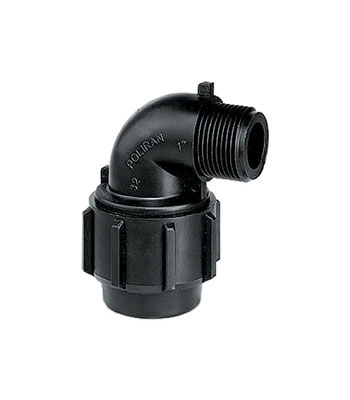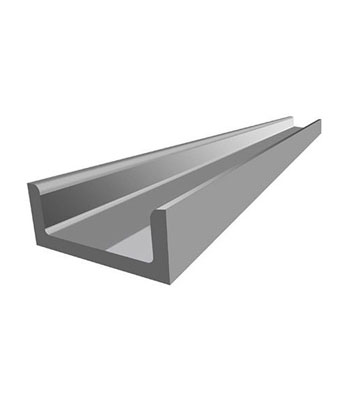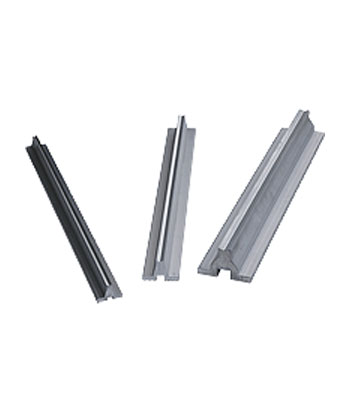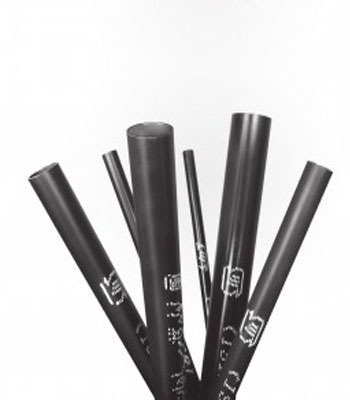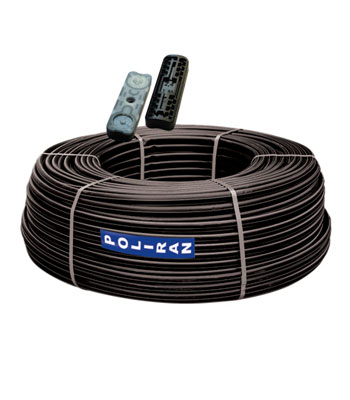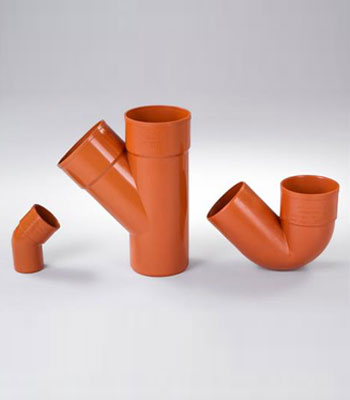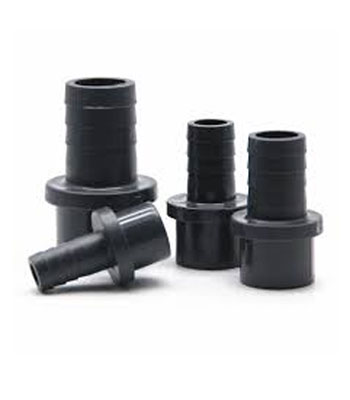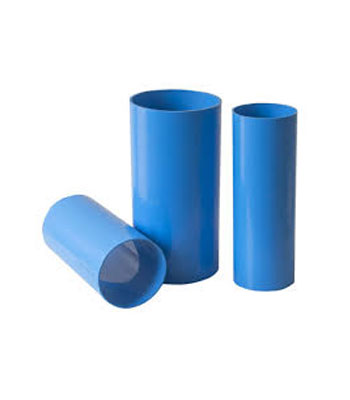90 Elbew With Trreaded Male Off Take
Corner and Studs
Introduction to corner profiles and studs
Door And Window Profile
Introduction to door and window profiles
Erw Black Steel Pipes Metals & Minerals
FLAT Dripper Pipes -Size 20
FLAT Dripper Pipes -Size 20
Hard UPVC Construction Sewage Fittings
Introduction
Unplasticized polyvinyl chloride (UPVC) is one of the lightweight polymers that have high strength and impact resistance. Pipes and fittings made of this material exhibit excellent resistance in corrosive environments. Nano-scale fillers due to their high specific surface area give these polymers unique properties. Addition of nanoparticles to the UPVC polymer improves its mechanical and physical properties. This product is a nanocomposite 90 degree elbow, in which the addition of nanoparticles has improved the impact resistance, thermal stability and Vicat softening temperature.
Hard UPVC Fittings
Introduction
Hard polyvinyl chloride (UPVC) is used to produce a wide range of plastic pipes and fittings. This material is remarkably resistant to chemical erosion and has a smooth interior surface which improves water flow. UPVC has high chemical resistance across its working temperature range, with a wide range of operating pressures. Due to some features including long-term strength, high stiffness and affordability, UPVC systems are widely used in plastic fittings and pipes. It has been demonstrated that the addition of nanoparticles significantly improves the strength and stiffness of UPVC.
Hard UPVC Pipe
Introduction
Polyvinyl chloride (PVC) is the third most common synthetic polymer after polyethylene (PE) and polypropylene (PP). PVC is a lightweight plastic that is used in the construction. Addition of lubricants makes this material softer and more flexible than plastics. If no lubricants or plasticizers are added to it, the resulting material is known as UPVC (unplasticized polyvinyl chloride). UPVC has high chemical resistance across its working temperature range, with a wide range of operating pressures. Due to some features including long-term strength, high stiffness and affordability, UPVC systems are widely used in plastic fittings and pipes. It has been demonstrated that the addition of nanoparticles significantly improves the strength and stiffness of UPVC.

